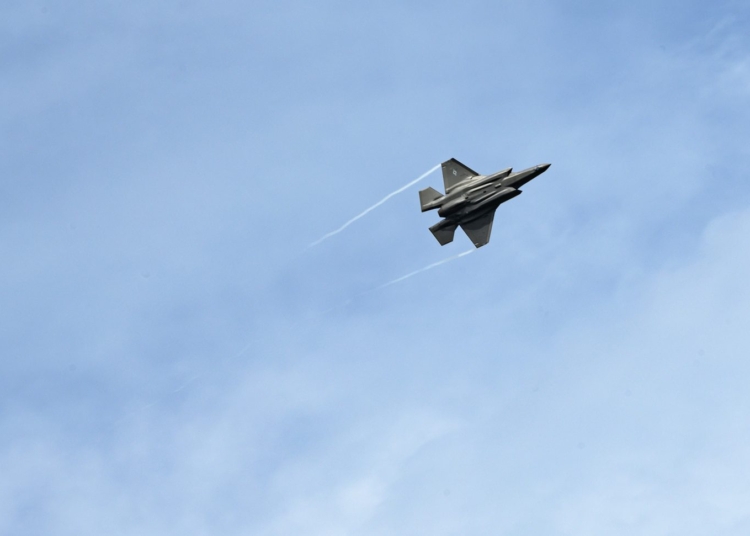Air defense systems are crucial for protecting nations from hostile threats in the form of enemy aircraft, missiles, drones, and other aerial platforms. They consist of ground-based and airborne systems, including surface-to-air missiles, anti-aircraft guns, radars, and command and control centers. A key component of air defense systems is radar systems, which detect and track aerial objects. Other components include sensors, electronic warfare systems, missiles, anti-aircraft guns, and command and control centers. Modern advancements in air defense systems include network integration, directed energy weapons, and drone defense systems. The future of air defense systems will likely see further integration of AI and machine learning, as well as miniaturization of systems and sensors. Overall, air defense systems play a critical role in safeguarding the skies and will continue to evolve to counter increasingly sophisticated threats.
Air Defense Systems: Shielding the Skies from Hostile Threats
Introduction
In today’s interconnected world, ensuring the security and safety of skies is of utmost importance. Air defense systems play a crucial role in protecting nations from hostile threats in the form of enemy aircraft, missiles, drones, and other aerial platforms. These systems are designed to detect, track, intercept, and neutralize any incoming airborne threats, thereby safeguarding the airspace.
Types of Air Defense Systems
There are various types of air defense systems employed by militaries around the world. These systems can be categorized into two main types: ground-based and airborne.
Ground-Based Air Defense Systems
Ground-based air defense systems are stationary installations located on the ground. They include surface-to-air missiles (SAMs), anti-aircraft guns, radars, and command and control centers. These systems are strategically positioned to cover designated areas and provide a comprehensive defensive network.
Airborne Air Defense Systems
Airborne air defense systems refer to systems installed on aircraft specifically designed for air defense missions. These systems comprise air-to-air missiles, electronic warfare systems, radar systems, and sensors. They are used to protect airborne assets, such as bomber and transport aircraft, from enemy attacks.
Components of Air Defense Systems
Air defense systems consist of several key components that work together to detect, track, and neutralize incoming threats. These components include:
Radar Systems
Radar systems are at the heart of air defense systems. They use radio waves to detect and track aerial objects, providing crucial information about their speed, altitude, and direction. This information enables operators to assess threats accurately and take appropriate action.
Sensors and Electronic Warfare Systems
Sensors and electronic warfare systems are responsible for identifying and classifying threats, as well as countering electronic attacks. These systems enhance situational awareness and enable effective response against hostile forces.
Missiles and Anti-Aircraft Guns
Missiles and anti-aircraft guns form the literal weapons of air defense systems. Surface-to-air missiles are designed to intercept and destroy incoming threats at various ranges, altitudes, and speeds. Anti-aircraft guns, on the other hand, provide short-range defense against low-flying targets.
Command and Control Centers
Command and control centers serve as the nerve center of air defense operations. They coordinate and integrate data from various sensors and systems, analyze the threat environment, and make decisions on appropriate response measures.
Modern Advancements
Air defense systems have evolved significantly over the years, leveraging technological advancements to enhance effectiveness and adaptability. Some of the notable advancements in recent times include:
Integrated Network Defense
Modern air defense systems are increasingly networked, allowing for seamless integration and sharing of information between multiple systems and platforms. This integration improves overall situational awareness, enabling faster response times and more effective defense.
Directed Energy Weapons
Directed energy weapons, such as lasers and high-powered microwaves, are being explored as potential components of future air defense systems. These weapons offer the advantage of speed-of-light engagements, cost-effective operation, and the ability to engage multiple targets simultaneously.
Drone Defense Systems
As the threat from unmanned aerial systems (drones) continues to rise, dedicated drone defense systems are being developed. These systems employ advanced detection and countermeasure technologies to detect, track, and neutralize hostile drones effectively.
The Future of Air Defense Systems
The future of air defense systems is likely to see continued advancements in technology. The integration of artificial intelligence (AI) and machine learning algorithms will further enhance the capability to detect and intercept threats with increased accuracy and efficiency. Additionally, miniaturization of systems and sensors will enable the deployment of air defense systems on smaller platforms, expanding the reach and coverage.
Conclusion
Air defense systems are essential for safeguarding nations from airborne threats. With the evolution of technology, these systems continue to improve in their capability to detect, track, and neutralize hostile forces. As aerial threats become more sophisticated, air defense systems will play an increasingly critical role in the security and protection of our skies.












